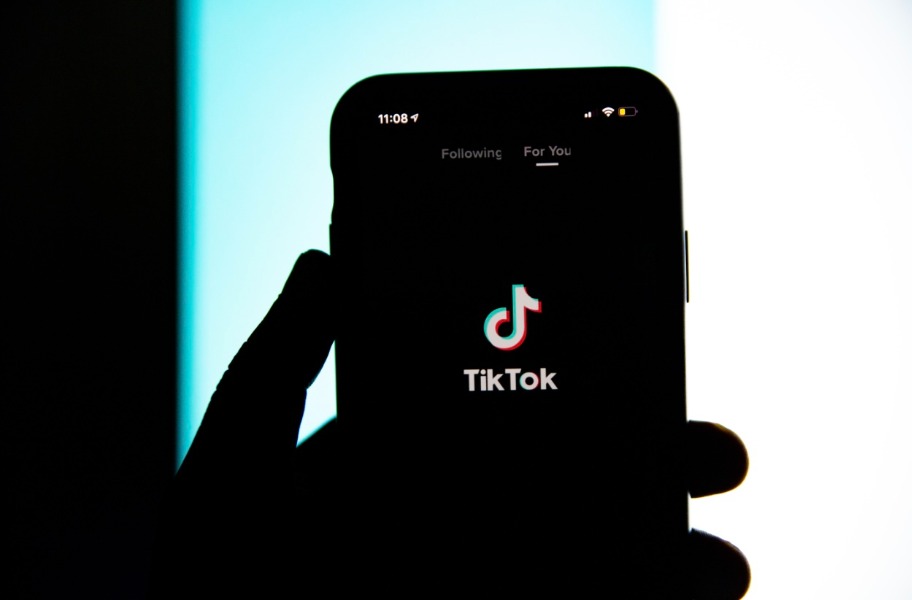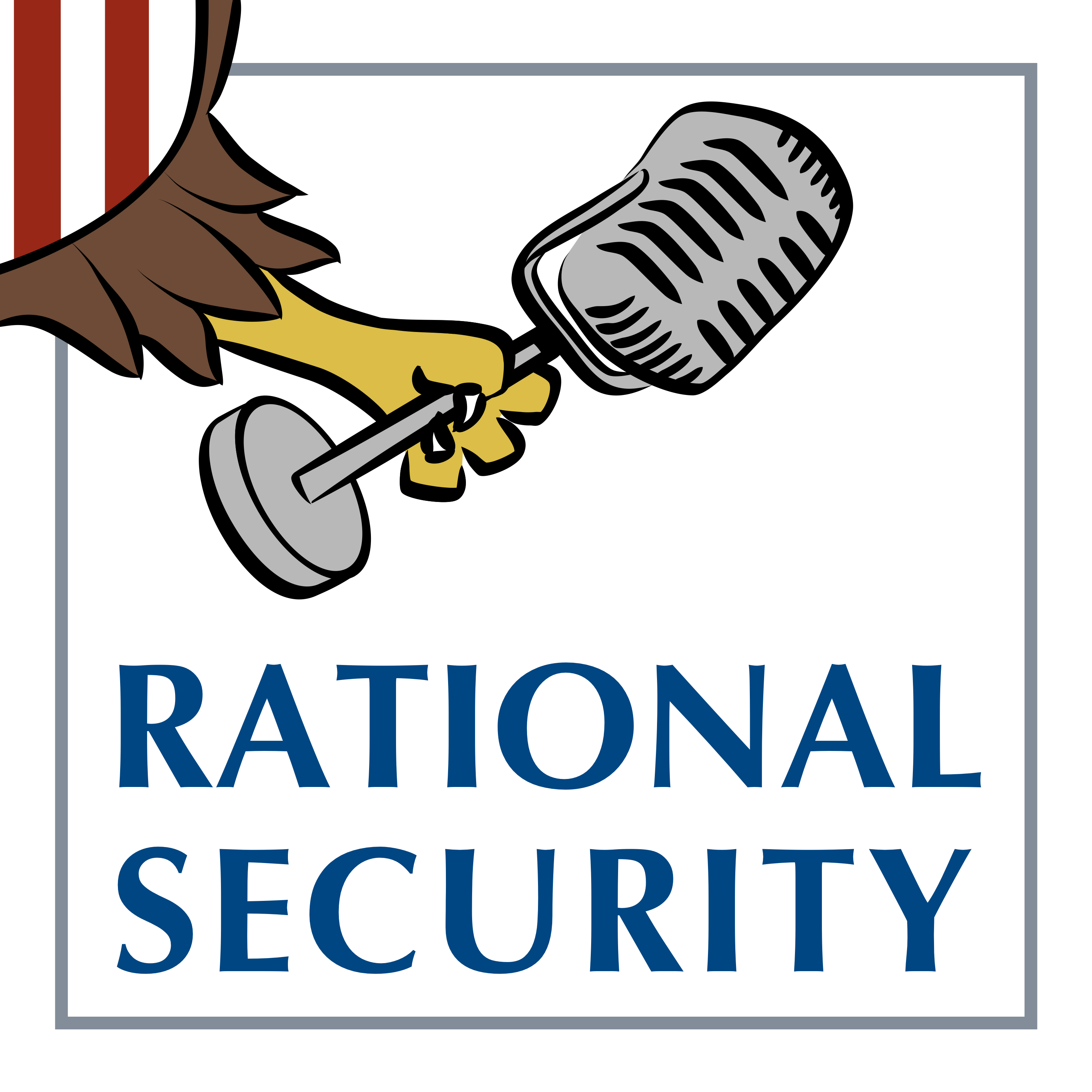The D.C. Circuit Court's TikTok Ban Decision, Explained

Published by The Lawfare Institute
in Cooperation With

On Dec. 6, 2024, the U.S. Court of Appeals for the District of Columbia Circuit upheld the constitutionality of the TikTok divest-or-ban requirement enacted in the Protecting Americans from Foreign Adversary Controlled Applications Act. The decision affirmed that the act does not violate the First Amendment and is sufficiently narrow to fulfill the government’s interest in preventing foreign influence on TikTok. In its decision, the court acknowledged that the ruling would create a potential disruption to free speech and expression on the internet but emphasized that other social media platforms exist for such expressive activity and can mitigate the burden on the First Amendment rights of content creators.
Following the Circuit Court’s decision, the petitioners appealed to the Supreme Court, asking for the Court to enjoin the law. The Supreme Court agreed to hear the case, but instead of granting TikTok’s request for an injunction, it assigned the case for expedited briefing. The Court will hold oral argument in the case on Friday, Jan. 10.
Facts and Procedural History
The case before the D.C. Circuit concerned the constitutionality of the divest-or-ban requirement in the Protecting Americans from Foreign Adversary Controlled Applications Act. The act requires TikTok parent company ByteDance to either fully divest ownership of TikTok or face a ban within the United States. Enforcement of the act is targeted specifically at companies that provide critical support to the application, such as app stores or cloud infrastructure providers that enable distribution of the service to U.S. customers. Failure to comply with the act can lead to financial penalties for the providers.
The only way to avoid a ban is a divestiture, through which ByteDance will have to yield full control of TikTok to a qualified buyer. This option specifically requires ByteDance to disclose the operating details of any content recommendation algorithms and data sharing practices on TikTok. The enforcement of the TikTok ban is set to take effect on Jan.19, 270 days after the passage of the act and one day before the inauguration of President-elect Donald Trump.
In May 2024, ByteDance, TikTok, and its content creators brought suit in the D.C. Circuit Court, whose exclusive jurisdiction is outlined in Section 3 of the act. In their complaint, ByteDance and TikTok argued that it is not commercially, technically, or legally possible to divest control of TikTok within the United States. The company argued further that forcing divestiture or imposing a ban inhibits its First Amendment rights, allowing the government to dictate that the company “may no longer own and publish the innovative and unique speech platform it created.” A parallel lawsuit by a group of TikTok content creators, alleging that the enforcement of the act violated their freedom of expression, was consolidated with ByteDance and TikTok’s complaint.
The U.S. government’s response challenged the notion that the act inhibits the company’s First Amendment rights, pointing to the divestiture option as a reasonable alternative and one based on historical precedent related to forced divestitures of foreign-owned media. As articulated in its response, the government’s primary concern is the national security risk related to the Chinese government’s influence over ByteDance. Much of the evidence provided in support of the government’s argument was based on classified information that was redacted in the public filing, and similarly withheld from review by the plaintiffs. The TikTok legal team attempted to block the government’s use of classified evidence and offered the alternative solution of appointing a special master who “could mitigate the prejudice to Petitioners from admitting ex parte the government’s classified submissions.” The court rejected this request and chose to decide the case solely based on the public filings.
Standing and Ripeness
In the decision, the D.C. Circuit began its analysis with a statement that the court holds an “independent duty to assure ourselves that the petitioners and their claims satisfy the requirements of Article III,” addressing the court’s intent to validate both the standing and the ripeness of the case before proceeding with the rest of the decision. The court found that the plaintiffs met the requirements for standing, because the act directly affected their ability to utilize the platform for expressive purposes. According to the court, the act’s interference with the plaintiff’s business operations was tangible, given its intent to make the TikTok platform inaccessible in the U.S. by Jan. 19. Even if the act were to go unenforced, third parties that support the availability and distribution of TikTok would be more inclined to suspend support for the platform to avoid any risk of monetary penalties.
The court also addressed the question of ripeness, finding that it could properly hear the case given the immediacy of the act’s implementation date and the tangible financial impact to TikTok and its content creators should the ban be enforced.
First Amendment Questions
The court then turned to the petitioners’ claim that the act violates TikTok’s First Amendment rights. The court rejected the government’s claims that the act did not implicate the First Amendment and that foreign ownership of TikTok precludes the company from First Amendment protections. According to the decision, the court noted that despite the fact that the act itself may not directly regulate expressive activity, it imposes a “disproportionate burden” on TikTok as it engages in expressive activity by curating content for users’ feeds. Following the NetChoice cases—which determined that content moderation is an editorial activity protected under the First Amendment—the court held that TikTok’s content curation is a protected form of expression at risk from the act, so First Amendment analysis was required.
The court rejected the government’s argument that rational basis review is sufficient to evaluate the act, and then turned to the question of whether to apply intermediate or strict scrutiny review to the petitioners’ First Amendment claim. For the act to survive intermediate scrutiny, the government would have to prove that it advanced an “important government interest” by “substantially related” means. Strict scrutiny review, by contrast, creates a higher standard by presuming that the act is unconstitutional at the outset; for the act to survive the test, it must be “narrowly tailored” to achieve a “compelling government interest,” which requires that the government use the “least restrictive means” to accomplish the compelling interest. Strict scrutiny review is applied when the government’s actions are based on the content of speech; even a law that is facially neutral but emerged from an effort to regulate the content of speech would trigger a strict scrutiny review. While the language in the act itself was content neutral, the court noted that the government’s justification for the act was based on claims of content manipulation.
The court ultimately declined to decide whether to apply intermediate or strict scrutiny review because the act survived both standards. In an opinion concurring in the judgment, Chief Judge Sri Srinivasan argued that the court should have decided to apply intermediate scrutiny. He noted that the act does not address domestic speech itself and instead turns on foreign adversary control of a mass communications platform. The divestment requirement, he argued, is not a viewpoint-based restriction of speech. Srinivasan also cited the government’s concerns about collection of Americans’ sensitive data as a justification for the act that did not relate to the content of speech on the platform.
In its analysis of the petitioners’ First Amendment claim, the court sought to establish whether the act met the standard for a “compelling government interest.” The court sided with the government’s view of TikTok’s national security risks to determine that the act had a compelling justification. The court highlighted the bipartisan nature of the act, citing efforts to investigate TikTok on both sides of the aisle and under multiple presidents, as well as a “well-substantiated” national security threat from China. Each of the government’s justifications for the act—extensive collection of Americans’ sensitive data and the risk of content manipulation at the behest of the Chinese government—were determined to independently satisfy the need for a compelling justification for the act. The court cited the government’s evidence of long-standing cybersecurity risks posed by the Chinese government and the passage of the Cybersecurity Law of 2017, which enabled the Chinese government to engage in sensitive data collection overseas through commercial enterprises based in China.
The court also pushed back on TikTok’s claim that the government does not have a compelling interest in countering content manipulation by the Chinese government. The court noted that the First Amendment already prohibits the U.S. government from interfering with domestic social companies the way the Chinese government can with TikTok. The court noted that the act, then, actually bolsters the First Amendment by preventing a foreign government from interfering with free expression.
Notably, the petitioners’ claim that divestiture is unfeasible gave the court more reason to support the government’s claim that TikTok shares data with ByteDance and the Chinese government. Citing evidence of ByteDance’s overreach in the operations of TikTok U.S. Data Security—the U.S.-based TikTok subsidiary that controls content recommendations for U.S.-based TikTok users—the court also supported the government’s concern that ByteDance and TikTok U.S. Data Security would not comply in good faith with a bilateral agreement. The court flagged that TikTok has yet to definitively reject the claim that the platform manipulates content for the Chinese government.
TikTok argued that the latest proposed national security agreement (NSA) would be an equally effective but less restrictive approach to addressing the government’s concerns, thereby undermining the “narrowly tailored” requirement of strict scrutiny review. The latest version (proposed in August 2022) follows a two-year bilateral negotiation between ByteDance and the government to address the national security risks of the platform, which was first investigated by the Committee on Foreign Investment in the United States (CFIUS) in 2019. In 2020, CFIUS referred national security concerns about TikTok to President Trump, leading to an executive order that was later challenged in court. The case, however, was put on hold so that the government and ByteDance could continue working toward a NSA that both parties would accept.
The court ultimately rejected TikTok’s argument that the NSA would address the government’s aims with a less restrictive measure, noting that the NSA does not address several key concerns of the government, including the Chinese government’s ability to access Americans’ sensitive data, a lack of monitoring and accountability provisions for noncompliance, the limited benefits of a source code review, and the undue influence of ByteDance on TikTok U.S. Data Security. The court was careful to specify that adopting the NSA as a less restrictive measure would require substituting the government’s judgment on the national security risks, and the court chose to respect the government’s assessment. While the government did file classified material to support its assessment of the national security risks, the court highlighted that its decision was based solely on the public material in the case. Petitioners also proposed additional remedies, including disclosure requirements and limits on sharing specific categories of data, but the court determined that the core issue at stake in this case—the potential for the Chinese government to manipulate the content users see on the platform—cannot be remedied with the company’s intermediate proposals.
The Court Dismissed TikTok’s Additional Claims
In addition to its First Amendment claims, the petitioners brought additional claims on the basis that TikTok had been singled out in violation of the Equal Protection Clause and the Bill of Attainder Clause, which prohibits Congress from passing a law to function as punishment without trial. The petitioners also claimed that the possibility of a ban would violate the Takings Clause by depriving the company of the economic value of its property.
The Court rejected the petitioners’ Equal Protection Clause argument and underscored that the protracted negotiation over the proposed NSA was a more thorough process than companies will have under the generally applicable provision of the same act that TikTok is challenging. The generally applicable provision of the act will only require that the president provide a public notice and submit a public report to Congress before requiring a similar divestiture in the future. The court also determined that singling out TikTok in the act was appropriate because the government had presented a compelling justification to support the national security risks of content manipulation and data collection from TikTok. The court also highlighted the immediacy of the national security risk from TikTok; the generally applicable provision of the act would address similar threats in the future.
Similarly, the court rejected the petitioners’ claim that TikTok had been singled out for legislative punishment in violation of the Bill of Attainder Clause. The court did not make a decision on the government’s claim that the Bill of Attainder Clause does not protect companies from legislative punishment, instead deciding that the act is not a legislative punishment regardless. The court used three tests—the historical test, the functional test, and the motivational test—to reach this determination. The historical test assessed whether the act is in line with what historically constituted a legislative punishment—such as a confiscation of property or a ban on participating in the economy without a fair trial—and the court determined that the ban-or-divestiture requirement is not similar to historical legislative punishments, because a divestiture would allow TikTok to remain or return to the U.S. market in compliance with the act. As established in the court’s First Amendment analysis, the government’s compelling justifications and narrowly tailored law met the functional test to determine whether the act furthers a nonpunitive purpose. The court noted that because the act looks to prevent potential future national security risks, it is necessarily not a punishment; a legislative punishment can only be applied retroactively to address an alleged act that has already taken place. The court largely disregarded the motivational test—whether there is demonstrated congressional intent to use the law as a punishment—in its analysis, as the “unmistakable evidence” needed to establish congressional intent is too high an evidentiary standard for TikTok to clear. The court determined that, failing those three tests, the act does not violate the Bill of Attainder Clause while choosing to sidestep the question of whether the clause itself applied to corporations.
The court also cited the possibility of a divestiture as a reason to reject TikTok’s claim that the act violates the Takings Clause. The court did not find that the act would completely deprive TikTok of all economic benefits of its property, because ByteDance could choose to divest the entire TikTok business or even just the U.S.-based part of TikTok, and this divestiture could take effect anytime, not just before the act comes into force. The court highlights that the barriers to divestiture come from the Chinese government and its export controls, rather than the act itself, but even with those export controls, the act does not preclude the company from accessing the economic value of its assets, including property, codebase, and other intangible assets.





